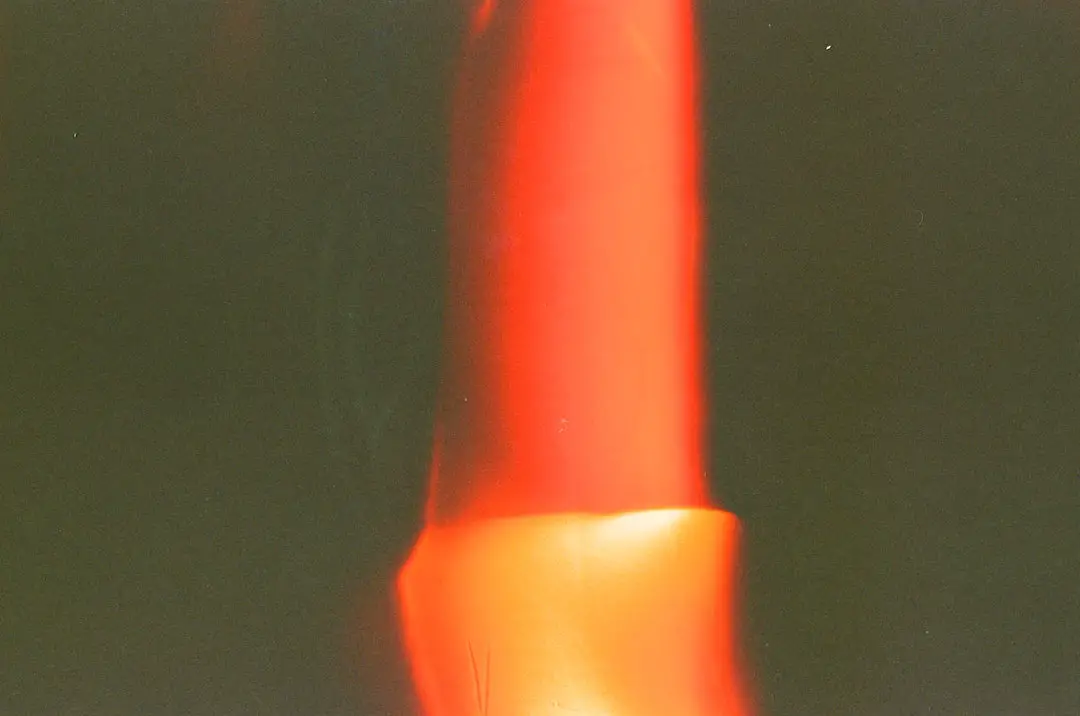Support our educational content for free when you purchase through links on our site. Learn more
How do I Reduce the Noise in My Dehumidifier? [2024]
Have you ever found yourself in a situation where you’re trying to relax or get some work done, but the constant noise from your dehumidifier is driving you crazy? We’ve all been there. That’s why we’re here to help you find a solution to this common problem. In this article, we’ll share some expert tips and tricks on how to reduce the noise in your dehumidifier and create a more peaceful environment in your home.
Table of Contents
- Quick Answer
- Quick Tips and Facts
- Background
- Why is My Dehumidifier So Noisy?
- How Can I Make My Dehumidifier Quieter?
- Can You Get a Silent Dehumidifier?
- Are All Dehumidifiers Noisy?
- FAQ
- Conclusion
- Recommended Links
- Reference Links
Quick Answer
If you’re in a hurry and need a quick solution to reduce the noise in your dehumidifier, here are a few quick tips:
- Check the placement: Make sure your dehumidifier is placed on a level surface and away from walls or furniture that could obstruct airflow.
- Clean the air filter: A dirty air filter can cause your dehumidifier to work harder and produce more noise. Regularly clean or replace the filter to keep it running smoothly.
- Use a noise-reducing mat: Placing a noise-reducing mat under your dehumidifier can help absorb vibrations and reduce noise.
For more detailed information and additional tips, keep reading!
Quick Tips and Facts
Before we dive into the details, here are a few quick tips and facts about reducing noise in dehumidifiers:
- Dehumidifiers can produce noise levels ranging from 40 to 60 decibels, which is comparable to the noise level of a conversation or background music.
- The noise level of a dehumidifier can vary depending on factors such as the model, size, and operating conditions.
- Some dehumidifiers are designed to be quieter than others, so it’s worth considering noise levels when purchasing a new unit.
- Regular maintenance, such as cleaning the filter and checking for obstructions, can help keep your dehumidifier running quietly.
Now, let’s explore the topic in more detail.
Background

Dehumidifiers are essential appliances for maintaining a comfortable and healthy indoor environment. They help remove excess moisture from the air, preventing mold growth, musty odors, and other issues caused by high humidity levels. However, one common drawback of dehumidifiers is the noise they produce during operation.
Why is My Dehumidifier So Noisy?
There are several reasons why your dehumidifier might be making more noise than you’d like. Here are a few possible causes:
- Vibrations: Dehumidifiers have internal components that can vibrate during operation, leading to noise. Placing your dehumidifier on an uneven surface or near objects that can amplify vibrations, such as walls or furniture, can make the noise more noticeable.
- Fan Noise: The fan in a dehumidifier is responsible for circulating air and removing moisture. If the fan blades are dirty or damaged, it can create additional noise.
- Compressor Noise: The compressor is the heart of a dehumidifier and is responsible for cooling the air. A malfunctioning or aging compressor can produce loud noises during operation.
- Airflow Restrictions: If the air intake or exhaust vents of your dehumidifier are blocked or obstructed, it can cause the unit to work harder and produce more noise.
How Can I Make My Dehumidifier Quieter?
Now that we understand the common causes of dehumidifier noise, let’s explore some effective ways to make your dehumidifier quieter:
- Check the Placement: Ensure that your dehumidifier is placed on a level surface. This will help minimize vibrations and reduce noise. Additionally, keep it away from walls, furniture, or other objects that can obstruct airflow and amplify noise.
- Clean or Replace the Air Filter: A dirty or clogged air filter can restrict airflow and cause your dehumidifier to work harder, resulting in increased noise. Regularly clean or replace the air filter to maintain optimal performance and reduce noise levels.
- Use a Noise-Reducing Mat: Placing a noise-reducing mat or rubber pads under your dehumidifier can help absorb vibrations and reduce noise transmission to the floor or surrounding objects.
- Regular Maintenance: Perform regular maintenance on your dehumidifier, including cleaning the coils, fan blades, and other components. This will help keep the unit running smoothly and reduce noise caused by dirt or debris buildup.
- Upgrade to a Quieter Model: If your current dehumidifier is old or particularly noisy, consider upgrading to a newer model that is specifically designed to be quieter. Look for models with noise reduction features or lower decibel ratings.
By following these tips, you can significantly reduce the noise produced by your dehumidifier and create a more peaceful environment in your home.
Can You Get a Silent Dehumidifier?
While it’s challenging to find a completely silent dehumidifier, some models are designed to be quieter than others. Manufacturers are continuously improving their products to reduce noise levels and provide a more pleasant user experience. When shopping for a dehumidifier, look for models that advertise noise reduction features or have lower decibel ratings. Keep in mind that even the quietest dehumidifiers will still produce some noise during operation.
Are All Dehumidifiers Noisy?
Not all dehumidifiers are noisy. Some models are specifically designed to operate quietly, making them suitable for use in bedrooms, offices, or other areas where noise is a concern. When choosing a dehumidifier, pay attention to the noise level specifications provided by the manufacturer. Look for models with lower decibel ratings, as they tend to produce less noise during operation.
FAQ

How can I make my dehumidifier quieter?
To make your dehumidifier quieter, you can try the following:
- Check the placement of your dehumidifier and ensure it is on a level surface.
- Clean or replace the air filter regularly.
- Use a noise-reducing mat or rubber pads under the dehumidifier.
- Perform regular maintenance, including cleaning the coils and fan blades.
- Consider upgrading to a quieter model.
Read more about “The Quietest Dehumidifiers of 2023: Say Goodbye to Excess Moisture”
Why is my dehumidifier so noisy?
There are several reasons why your dehumidifier might be noisy, including vibrations, fan noise, compressor noise, and airflow restrictions. Placing your dehumidifier on an uneven surface, having a dirty air filter, or having blocked vents can contribute to the noise.
Can you get a silent dehumidifier?
While it’s challenging to find a completely silent dehumidifier, there are models available that are designed to be quieter than others. Look for models with noise reduction features or lower decibel ratings.
Read more about “Is 51 Decibels Loud for a Dehumidifier? …”
Are all dehumidifiers noisy?
Not all dehumidifiers are noisy. Some models are designed to operate quietly, making them suitable for use in noise-sensitive areas.
Read more about “… The Quietest Air Conditioners: Stay Cool in Peace and Quiet”
Conclusion

Reducing the noise in your dehumidifier is possible with a few simple steps. By checking the placement, cleaning or replacing the air filter, using a noise-reducing mat, performing regular maintenance, and considering an upgrade to a quieter model, you can create a more peaceful environment in your home. Remember, while it’s challenging to find a completely silent dehumidifier, there are models available that are designed to be quieter than others.
So, say goodbye to the annoying noise and enjoy a quieter and more comfortable living space with your dehumidifier.
Recommended Links
- The Quietest Dehumidifiers of 2023: Say Goodbye to Excess Moisture
- Quiet Home Appliances
- Quiet Electronics
- Silent Technology
- Noise Reduction Tips

